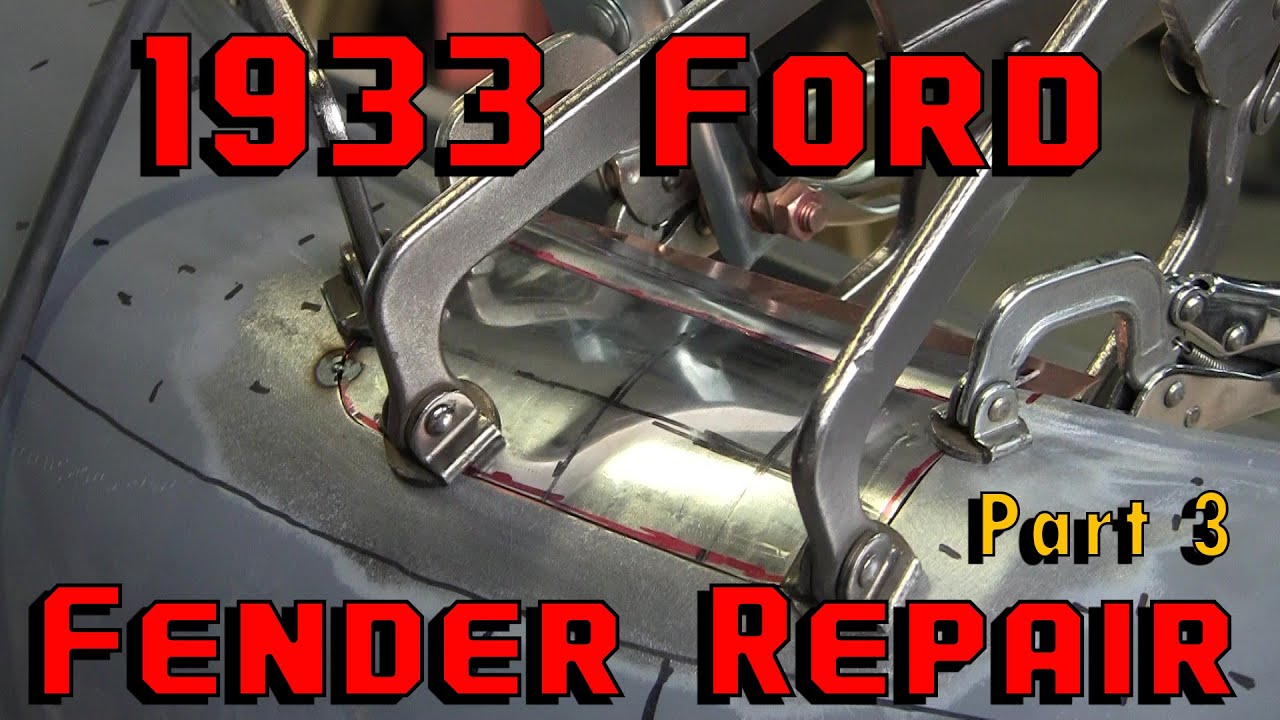Here’s Part 3 of the 1933 Ford Fender Repair. If you missed any of the previous videos, use the link below.
With rare exceptions, fenders from 1920s and 1930s cars are going to have some old repairs that have been done to them. After all, they are 90-100 years old and have been living who knows what kind of life. I’ve personally had to repair several sets of old Ford fenders that have had previous repairs like the ones on these two and can tell you that the old sheet metal, when gas welded and patched especially, can be hard to move around. In this video from ProShaper Workshop, you’ll see the right way to make these almost new again. Check it out.
CLICK HERE IF YOU MISSED THE PREVIOUS VIDEOS
Video Description:
33 Ford Fender (Part 3) The Patch Panel This video has it all! Now that the Ford fender wire has been repaired, it’s time to create the patch panel. Now when we weld the patch panel in, we want to make sure that the fender matches the other fender. To do this Wray fabricates a bar that fits perfectly inside the good fender and then bolt it into the fender we are fixing. This ensures that when we weld, it won’t shrink back into itself. The thickness of the steel is 19 gauge. Wray cuts out a piece about a half inch larger all around the flexible shape pattern to give him a little cheat room. Wray created another Gauge going across the fender to make sure it flows correctly from front to back and left to right. Using all the information we have Wray slowly massages the patch panel with his hands to give it a slight radius. To make sure the crown is correct, Wray uses our ProShaper Mallet and a leather beater bag to add area to the center of the panel. Wray cleans up the panel while adding a little more area using our English wheels, both large and small. Now that the panel matches the gauges, Wray uses the tipping wheel to add the bead down at the bottom. Once this is all complete Wray slowly grinds away the excess material allowing for a tight fit. He finishes it up by tacking that patch panel to the fender and that’s it for this video.

























